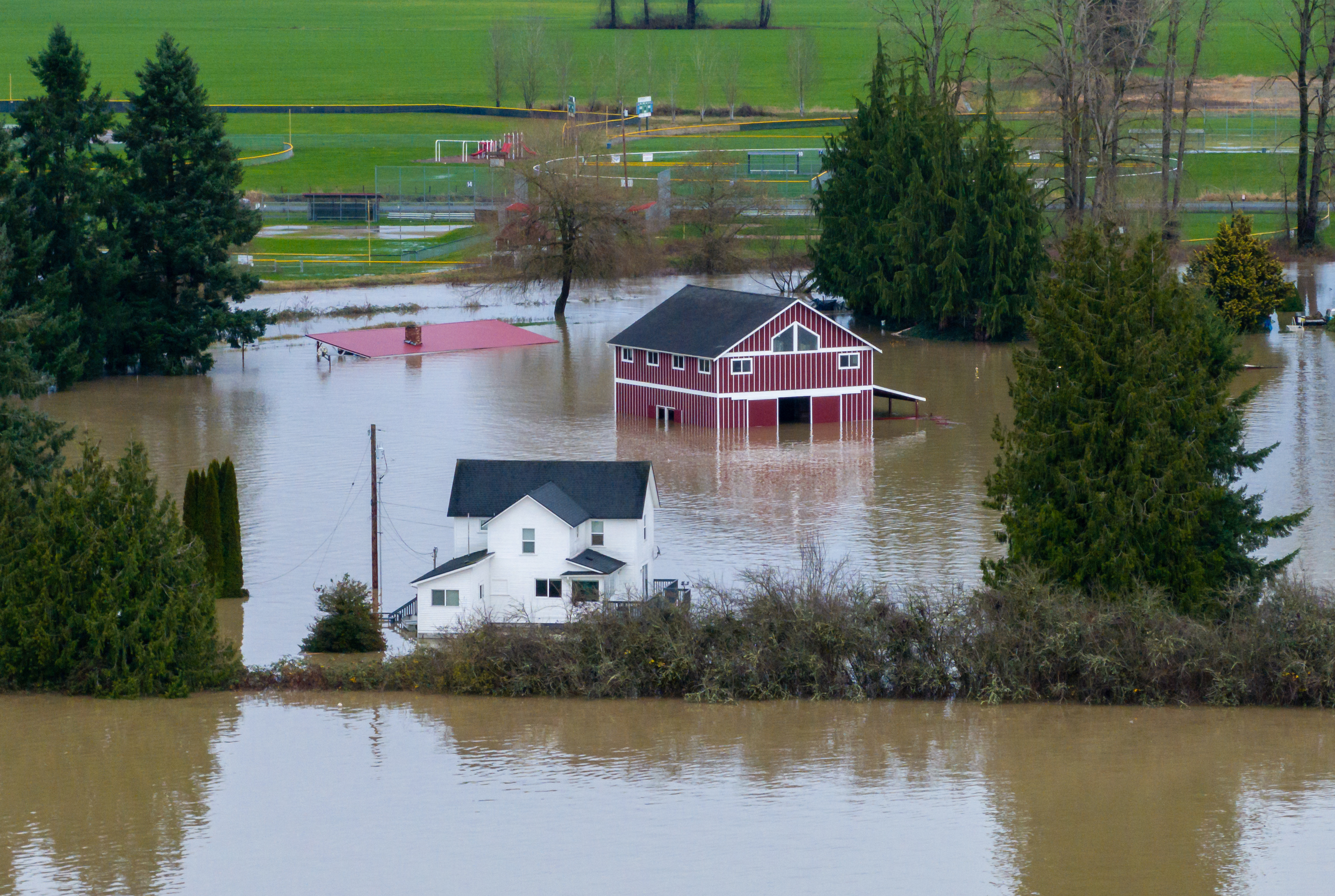From the salon to the bathroom counter, beauty and personal care product sales have exploded. The industry is worth more than 93 billion dollars in the US alone. Cosmetics and skin care’s rising popularity also shed more light on its environmental impact. It’s led to regulation like the Microbead-Free Waters Act, which bans microplastic beads in products like toothpaste or face wash. Similar laws passed in the UK and Japan, but the industry still hasn’t curbed its plastic use, especially in packaging – instead, it's increasing exponentially.
"We are looking at how do we reduce packaging or at least create packaging that is more environmentally responsible," Anitra Marsh, Associate Director of Global Sustainability for P&G Beauty told Newsy.
"I think the world has a plastics problem. I think all of society has a plastics problem," Danielle Azoulay, Head of Corporate Social Responsibility & Sustainability for L'Oreal USA told Newsy. "And this is an issue that we have need to be all in on because it's literally going to take a cultural and societal shift in order to reduce our dependence on single use packaging. And you know we are trying to think about our role in this too."
More sustainable packaging would be good for the environment, of course — and it could also be good business. A new report found globally, replacing just 20% of single-use plastic packaging with reusable alternatives is a roughly 10 billion dollar opportunity. Azoulay says last year L'Oreal saved more than 8,000 tons of virgin plastic by integrating post consumer recycled plastic. It also created a new brand, SEED, to use as a model for recyclable packaging.
"The outer is made from recycled corrugate from one of our distribution facilities. So it's actually it's a paper bottle. You put it in your shower it doesn't disintegrate and then the internal membrane is not connected to the outer shell so all of the pieces are recyclable or compostable the outer shell is compostable," she said.
"We're learning a lot from that process. The packaging that they use, the you know decisions that they're making. And figuring out how we can apply more broadly to have a bigger impact and scale that really good work that they've done."
L'Oreal and Proctor & Gamble both either have or are working on an updated set of commitments to 2030 environmental targets. L'Oreal is aiming for a 60 percent reduction in CO2 emissions, water use, and waste. At Sustainable Brands 2019, P&G announced it will start selling a recyclable polypropylene refill system in October for a popular Olay moisturizer that uses 90 percent less plastic.
Meanwhile, some brands have forgone packaging all together. Heather Deeth, North America Buying Manager for LUSH told Newsy the company decided to spend on ingredients instead of packaging.
"So we affectionately know our packaging free products to be called we call them naked products and we have a whole range bath bombs have been naked for all of time at LUSH and then we invented products like shampoo bars which is shampoo formulated without water. Which is just a little puck. It has no packaging at all," Deeth said.
Deeth says LUSH still sells some products, like shower creams and oils, in both naked and packaged products since the formulas are different. But the bottled versions come in post consumer recycled plastic. LUSH also has a circular economy system where consumers are encouraged to bring back empty black pot containers to recycle in store. Right now, their return rate is about 18 percent, she says.
"I think it's an education piece around like why is this circular economy is possible. What is running a closed loop system like? I actually really want that black pot back. And communicating that to our customers that it's also a benefit for them," she said.




 Should Black Hair Braiders Be Licensed Professionals?
Should Black Hair Braiders Be Licensed Professionals? The Essential Science Of Essential Oils
The Essential Science Of Essential Oils A Reuse-Heavy Circular Economy Could Help Lower Plastic Pollution
A Reuse-Heavy Circular Economy Could Help Lower Plastic Pollution






